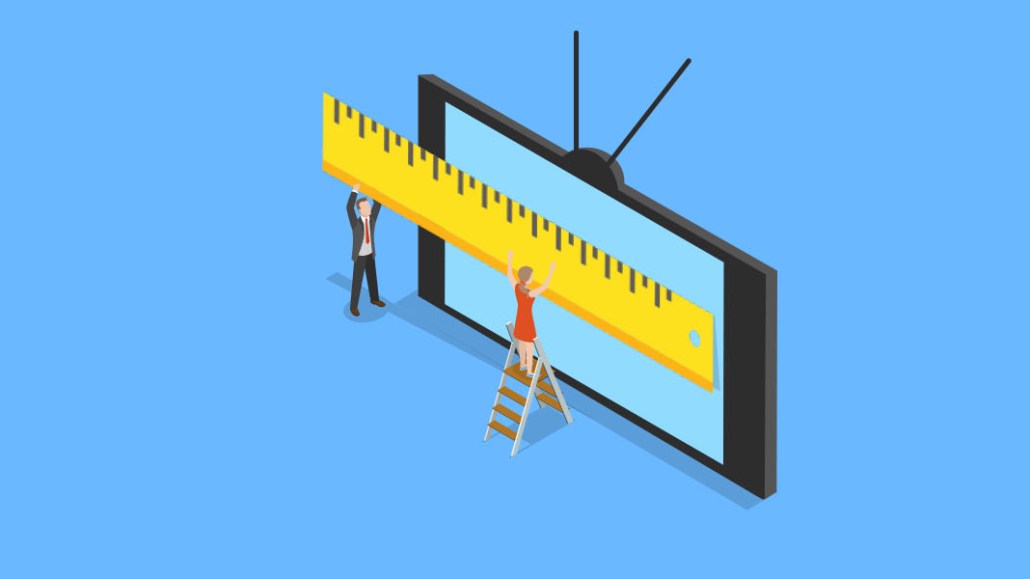Connect with execs from The New York Times, TIME, Dotdash Meredith and many more
Digiday+ Research: Independent agencies have little confidence in many digital advertising channels

This research is based on unique data collected from our proprietary audience of publisher, agency, brand and tech insiders. It’s available to Digiday+ members. More from the series →
Wanamaker’s dilemma is alive and well in digital advertising.
As brands and agencies continue to figure out how a raft of privacy-related changes will affect their ability to target and measure ads, they are being forced to reconsider channels that many had shaky confidence in, to begin with, according to new Digiday+ research.
In the third quarter of 2021, Digiday polled agencies and brand professionals about several different topics, including which widely used advertising channels drive marketing success, with the focus principally on digital platforms.
Digiday broke out the results among 70 respondents who work at independent agencies, defined as those not owned by holding companies.
The data quantifies something that has been widely understood in digital media for a while: That Facebook and Google dominate the digital ads space.
62% of respondents said Google accounts for at least a “large portion” of the ad spending they do for clients, with about a third of that total saying Google accounted for a “very large” portion; another 14% of respondents said the same (at least “large”) about YouTube. Similarly, 50% of respondents said Facebook accounted for at least a “large portion” of client ad spending, and another 46% said the same about Instagram.
Yet the defining feature among the platforms was just how few respondents were confident that any given channel drove results. Digiday asked survey respondents to rate their confidence in a list of channels using a five-point scale, ranging from “Not at all confident” to “Extremely confident.”
Google easily led the pack in this regard, with 68% of respondents that spent on Google saying that they were either “confident” or “extremely confident” it drove marking success. Instagram and Facebook followed, with 57% and 53% respectively.
Amazon is also in the mix, despite the fact that close to half of the survey’s respondents said they do not spend client budgets on Amazon. In fact, a higher percentage of respondents said they were “confident” in Amazon — 43% — than any other option listed. Notably, smaller percentages said they were “very confident” in Amazon which may reflect why Amazon comprised a “large” portion of ad spending for a relatively small share of respondents.
Every other option shown to respondents scored lower than 50%.
Indeed, one of the most striking features of the survey is just how many respondents said they were not at all confident in the channels they were advertising in. For a number of channels, including TikTok, television and publisher display ads, the percentage of respondents using a given channel that said they were “not at all confident” a channel was driving marketing success was as big or bigger than the percentage that said they were “extremely confident” it was driving success.
More in Marketing

In Graphic Detail: Inside the state of the creator economy industrial complex
The creator economy might have started out as an alternative to traditional media, but is becoming more and more like it as it professionalizes.

Shopify has quietly set boundaries for ‘buy-for-me’ AI bots on merchant sites
The change comes at a time when major retailers like Amazon and Walmart are leaning into agentic AI.

WTF is ‘Google Zero’?
The era of “Google Zero” — industry shorthand for a world where Google keeps users inside its own walls — is here.








